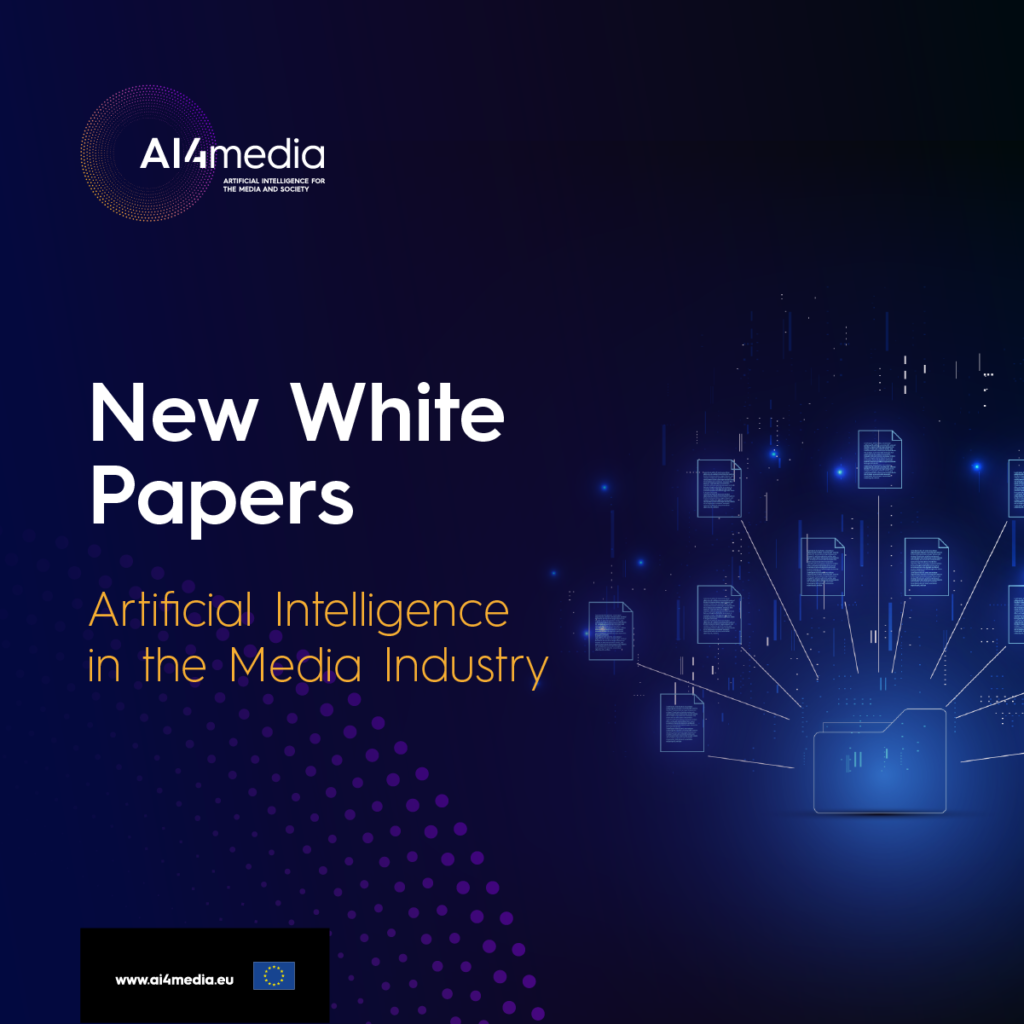The modern digital age has ushered in revolutionary advancements in Machine Learning (ML) that have reshaped the media landscape. These advancements have significantly fueled the potential of automating extensive media collections, promising efficiency and precision like never before. A mere decade ago, the ambit of image recognition was limited to basic shapes and objects. Contrast that with today, where our image recognition AI allows instant recognition of a plethora of visual content.
However, despite these impressive strides, the journey of AI and ML in media isn’t without its stumbling blocks. Imagga’s eye-opening survey indicated that only 7% of media companies leverage automated solutions for visual content organisation. The majority still rely on the age-old manual cataloging methods, essentially anchoring themselves to human limitations.
Addressing Industrial Needs and Overcoming Technological Hurdles
Every media entity, regardless of size, grapples with the daunting task of efficiently organising the sheer volume of visual content it generates or receives. This content could range from in-house photo and video collections to user-generated content (UGC), which has exploded in popularity and scale in recent years.
Traditionally, media houses have resorted to manual tagging and categorization. However, such practices have proven to be sub-optimal, especially in a world where speed and accuracy are paramount. A paradigm shift to automated AI-powered tools that promise optimal organisation is obviously needed for media companies to face the challenges and adapt to new realities.
Yet, the path to automation is lined with challenges. Introducing such advanced tools demands hefty costs, a deep pool of AI expertise, and the crucial need to manage expectations. It’s vital for the non-technical staff in media companies to possess a grounded understanding of AI’s capabilities and limitations. Unrealistic expectations can hinder progress and inflate investment without yielding the desired results.
Unlocking Value from Existing Content
Amidst the clamor for the new, there’s a treasure trove lying in the old. Media entities sit on vast reserves of content that, with the right tools, can be repurposed, opening up new avenues of value and revenue. However, the real challenge lies in making this content easily discoverable.
Imagine a scenario where content that was created for one specific use-case can be easily accessed, modified, and reused for another. This ensures cost efficiency and maximizes the return on content investment. The magic key that unlocks this potential? Proper metadata and archiving practices that are bolstered by AI.
Looking Forward: Adapting to the New Era
Much like any other, the media industry isn’t isolated from disruption. With the exponential rise of user-generated content and citizen journalism, traditional revenue streams are being constantly challenged. This disruption has made it imperative for media companies to adapt and realign their strategies.
Media entities must rethink their content creation models in a world where every individual with a high-quality camera phone can be a content creator. This is where AI-enhanced tools step in, serving as the bridge to the future and helping media entities remain competitive, relevant, and efficient.
The Path Ahead: AI for Media
The marriage of AI and media promises a future brimming with potential. But to harness this potential to its fullest, there’s a need for a new, AI-based approach. Media entities must embrace technological upgrades, invest in staff training, and constantly re-evaluate and evolve their existing workflows.
As we stand on the cusp of this transformation, it’s essential for AI developers and media companies to foster a spirit of collaboration. This mutual partnership will ensure that technological capabilities align perfectly with the industry’s ever-evolving needs, ushering in a new era of efficient, innovative, and forward-thinking media.

Download the latest Imagga White Paper on AI Technology for Image and Video Organization
Imagga’s white paper is sponsored by AI4Media, a Horizon 2020 project, building an AI network for organisations from academia and industry that embraces a vibrant ecosystem focused on AI for media and society and enables the quick market uptake of technologies and research/business collaboration opportunities. A series of white papers are published in an effort to align AI research with the industrial needs of media companies. These white papers describe the most critical challenges and requirements for AI uptake in different media sectors.